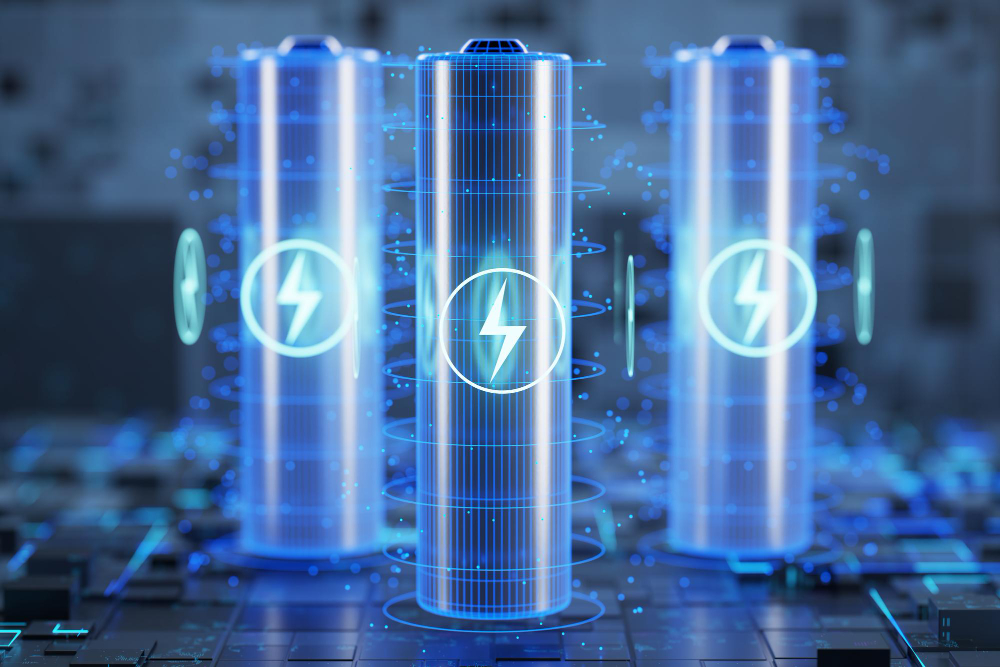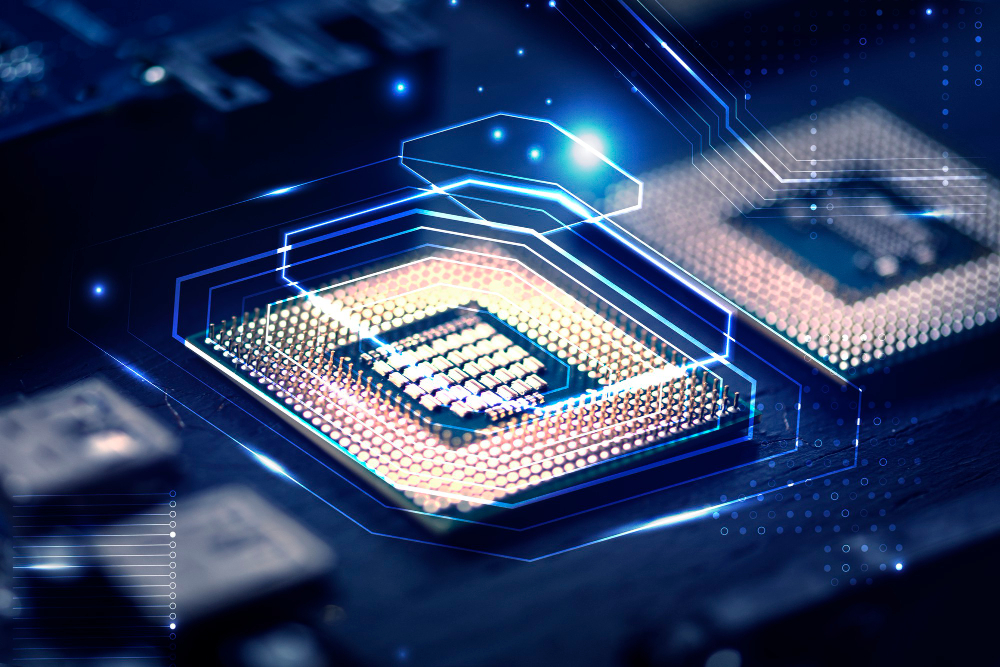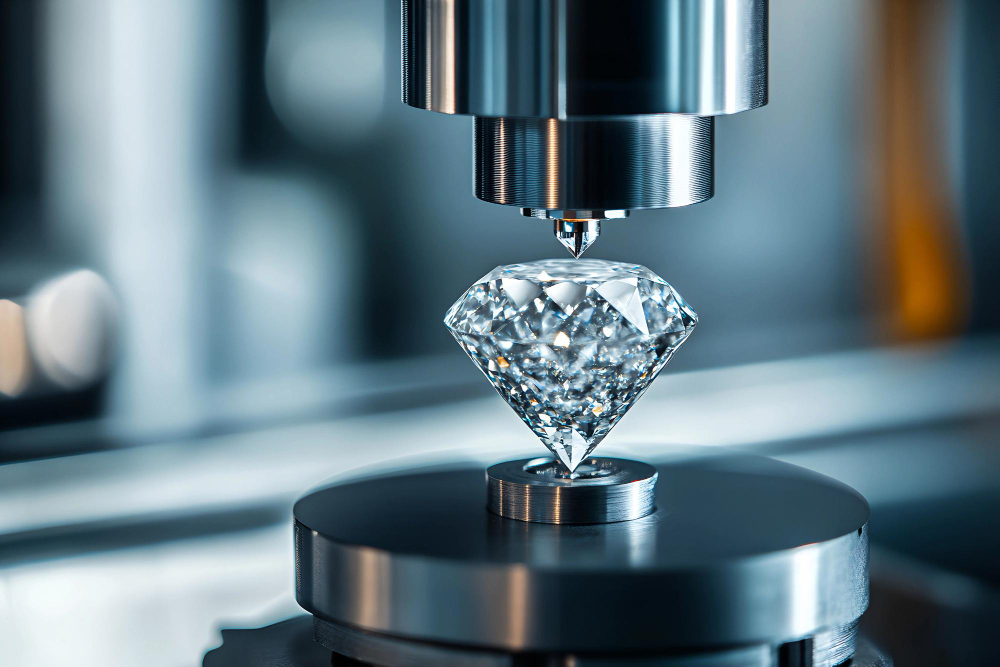Market Overview: The global battery market, valued at USD 139.36 billion in 2024, is projected to grow at a CAGR of 15.20% over the next eight years. With the Asia-Pacific region poised to dominate this expansion, we see unprecedented opportunities emerging in this sector, particularly in lithium-ion technology—the fastest- growing cell chemistry due to its superior energy density and versatile applications across electric vehicles, consumer electronics, and energy storage systems.

Understanding Battery Technology:
At its core, a battery converts chemical energy into electrical energy through a sophisticated interplay of components. Each battery comprises cells containing:
- A positive electrode (cathode)
- A negative electrode (anode)
- An electrolyte solution
- A separator
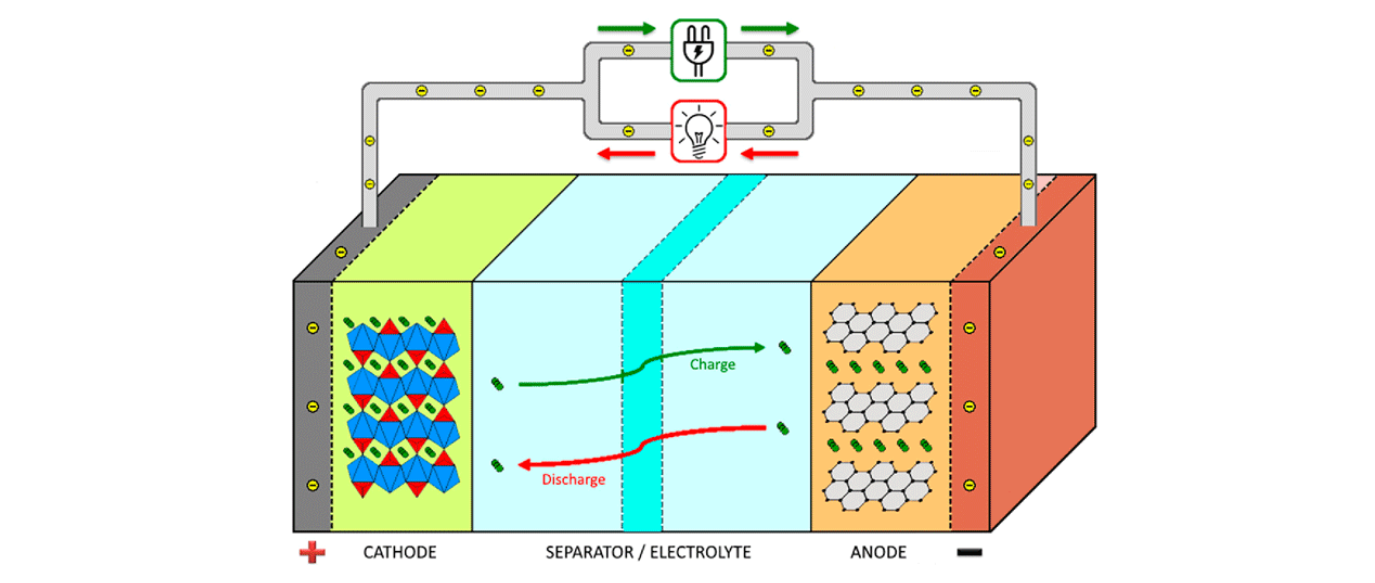
Functions of different components of a cell:
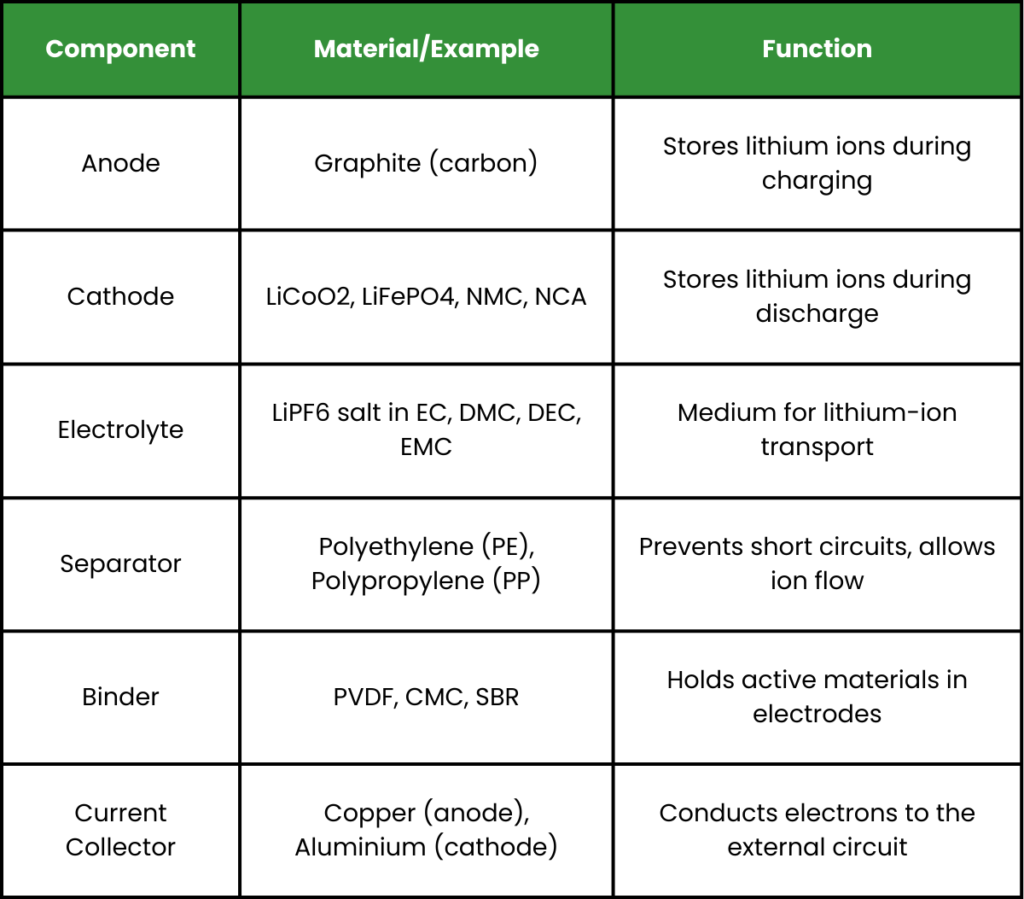
Evolution of batteries:
1859
Lead-acid battery, the oldest form of rechargeable battery was invented.
1866
First dry-cell, Leclanche battery made of Zinc-Carbon was manufactured.
1899
The first alkaline battery with higher energy density, the Ni-Cd battery was invented.
1960s
Alkaline batteries replace Zn-C batteries supplying greater energy at high current.
And finally,
1991
The first Li-ion battery prototype was commercialized by Sony
Why Lithium-Ion Dominates:
- Superior Energy Density: 240 Wh/Kg at cell level
- Extended Lifecycle: 500-1,000 cycles at 50% Depth of Discharge
- Minimal Self-Discharge: Only 1.5-2% per month
- Rapid Charging Capabilities
The LFP Opportunity:

Key Performance Metrics:
When evaluating battery technologies, we focus on:
- Specific Energy (Wh/Kg): Energy-to-weight ratio
- Safety & Thermal Stability: Critical for commercial viability
- C-Rate: Charge/discharge capabilities
- Lifecycle Performance: Longevity and capacity retention
Use-Cases in EVs for various Lithium-Ion Chemistries
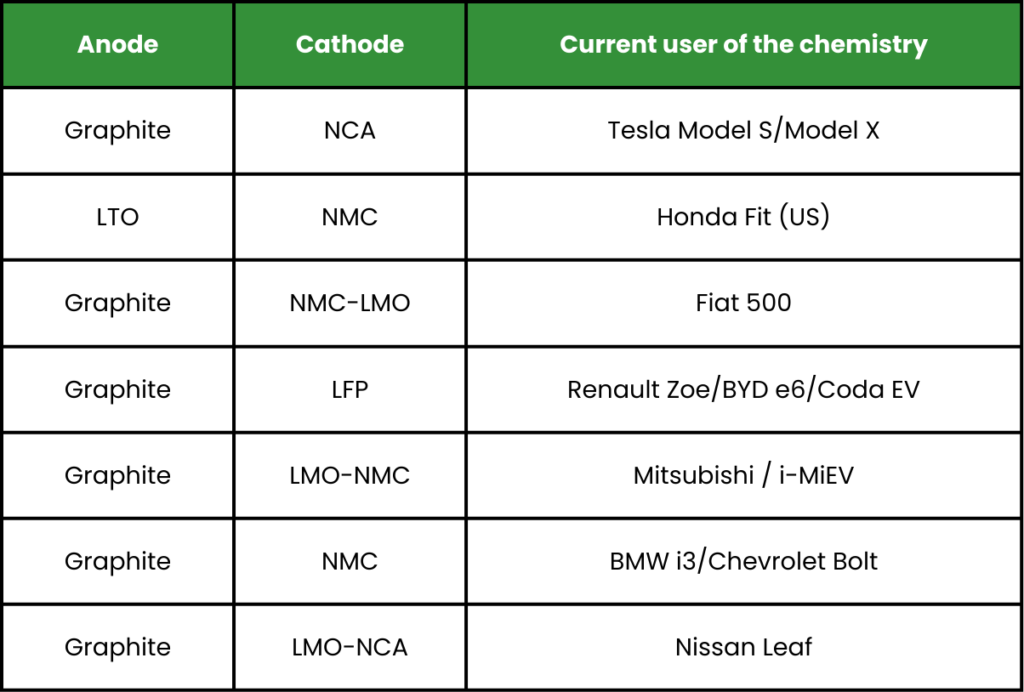
China Dominance:
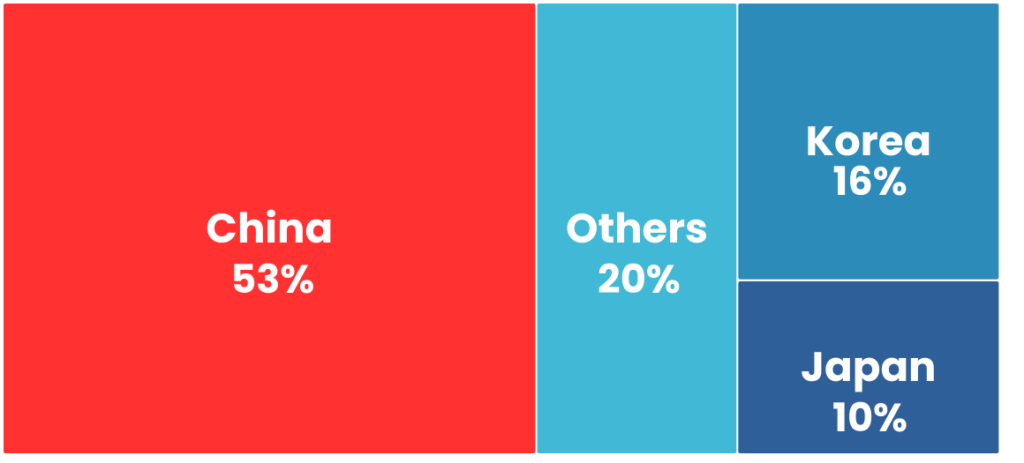
Current Battery Manufacturing Landscape in India:
Established Leaders:


New Age Players:


Other Significant Developments:


The combined planned capacity of these players is expected to exceed 70 GWh by 2027, positioning India to capture approximately 10% of the global battery manufacturing market.
Economic Potential in India:

Exide Industries
- 12 GWh plant under construction in Karnataka
- ₹6,000 crore investment in Phase 1
- Partnership with SVOLT Energy for technology
- Expected completion: 2024-25
The Indian battery sector presents compelling investment opportunities:
- Required Investment: >$10 billion by 2030 for Li-ion cell manufacturing
- Job Creation: Projected 1+ million new positions in manufacturing and allied sectors
- Strategic Position: Emerging as a potential global export hub
From the Managing Partner's desk


